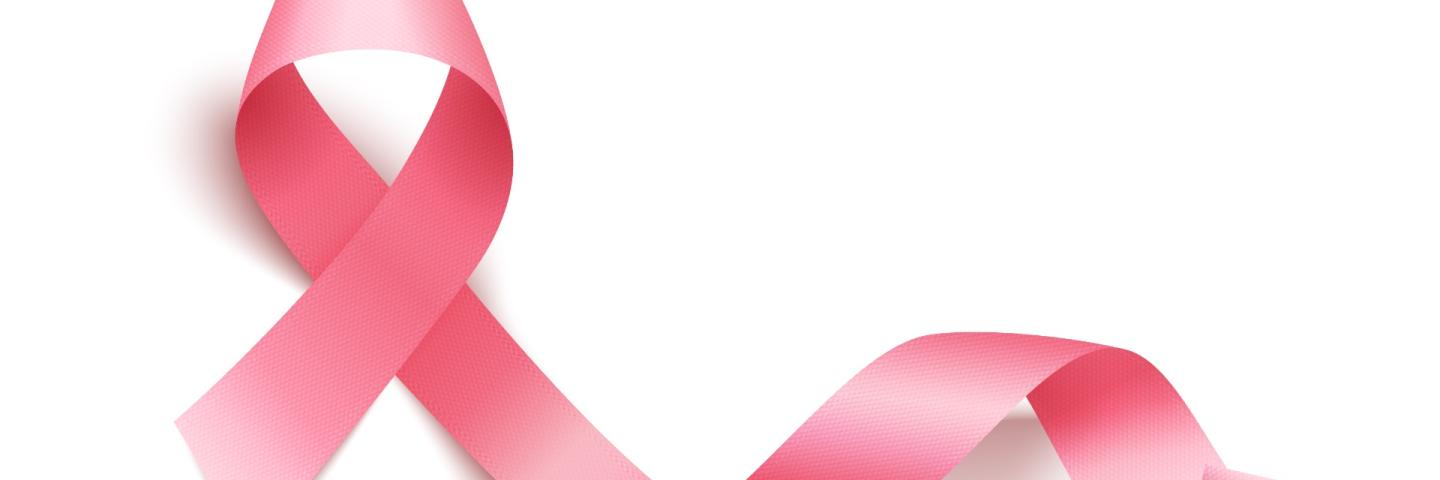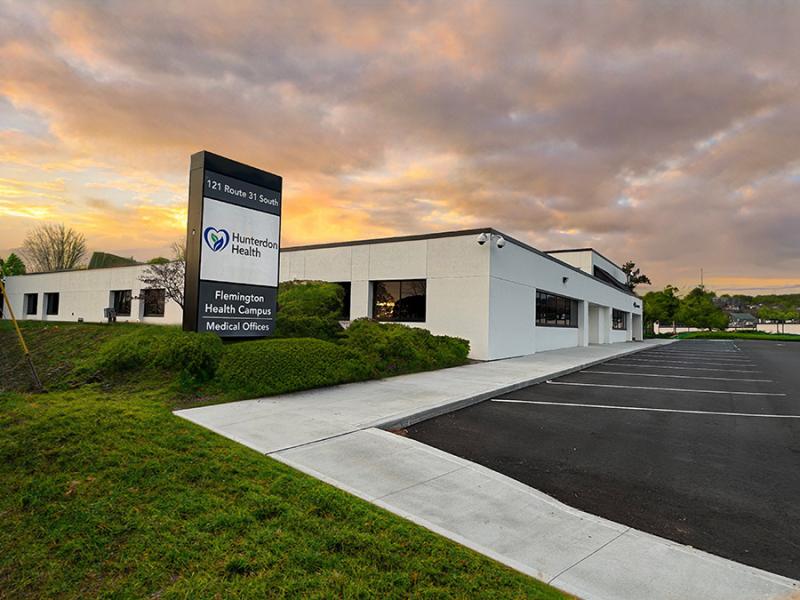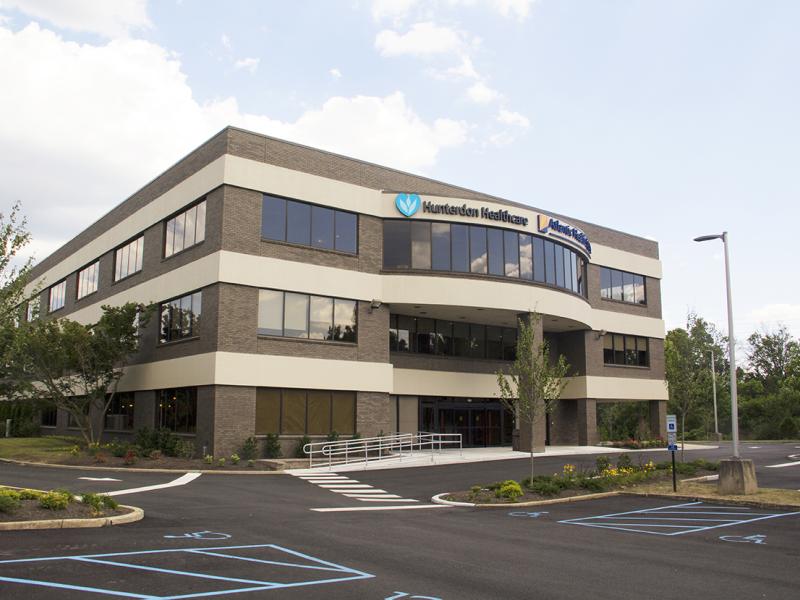
Breast Imaging

One in eight women will develop breast cancer in their lifetime. Most women who develop breast cancer do not have a family history. Getting a mammogram is an important step women can take to protect their health. The best protection is early detection when treatment can be less invasive and extensive.
American College of Radiology Breast Cancer Screening Guidelines
- All women, especially Black and Jewish women, who are at higher risk should talk with their provider about their individual breast cancer risk by age 25
- Average-risk patients should begin annual screening mammography at age 40
- Patients who have an above-average risk for breast cancer may benefit from starting mammograms before age 40 and also may consider additional studies, such as ultrasound and/or MRI
Reference: acr.org
No Prescription Screening Mammograms Now Available
Hunterdon Health now offers a no-prescription option for screening mammograms at Hunterdon Women's Imaging Center & Hunterdon Advanced Imaging at Clinton.
Prescriptions for screening mammograms were identified as a barrier for patients to be screened for breast cancer. Hunterdon Health is dedicated to breaking down barriers to care. Patients can now schedule their screening mammogram without a prescription from their primary care provider. To schedule an appointment, please see HHScheduling.org or call 908-237-4150.
WHAT IF THE MAMMOGRAM IS ABNORMAL?
• Your results will be sent to your primary care provider. Schedule a follow-up appointment and receive a prescription for additional imaging.
• If you do not have a primary care provider, you will be referred to our Self-Referral Physician, Dr. Camille Green at Hunterdon Internal Medicine Associates. Schedule an appointment and receive a prescription for additional imaging.
Different Types of Breast Imaging Exams & Screenings
Breast ultrasound uses sound waves to image areas of concern. The technologist will ask you to lie down and will place some warm gel on the breast before scanning. Breast ultrasound can also be performed as a screening study of both breasts to supplement mammography in women with dense breasts.
Breast MRI (magnetic resonance imaging) is an advanced imaging technique that generates detailed images of the breast. It is used as a problem-solving tool and for supplemental screening in women at high risk.
CAD is a software technology that has become widespread, particularly in breast cancer screening for improving detection rates at earlier stages. It highlights abnormal areas of density, mass, or calcification in breasts that may indicate the presence of cancer.
The latest advancement in digital mammography, tomosynthesis provides a three-dimensional (3-D) image of the breast. The 3-D image shows the inner structure of the breast, making it easier to see abnormalities and reducing the need for additional imaging.
A mammogram is an x-ray of the breasts. All mammograms are fully digital, meaning an electronic image of the breast is taken and stored in our computer system. In a routine screening mammogram, two pictures of each breast are taken. To achieve the best images possible using the least amount of radiation, the breasts are compressed briefly during the exam.
Please see the Hunterdon Breast Surgery Center Services page for the type of biopsies that are performed by our board-certified breast surgeons.



